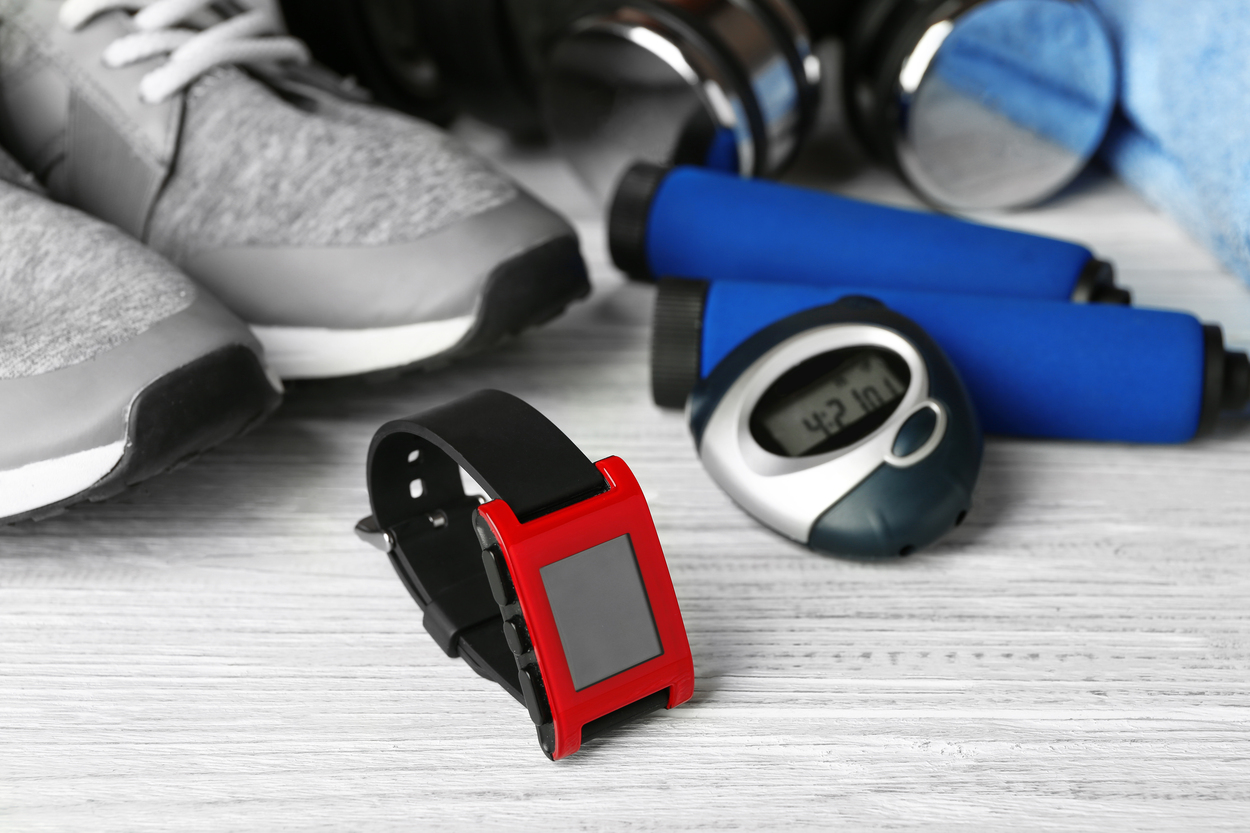The Role of Embedded Software in Fitness and Wellness Devices

From smartwatches to AI-powered fitness trackers, the way we monitor our health and fitness has drastically evolved. At the core of this transformation is embedded software—the invisible but powerful technology that enables real-time data processing, sensor integration, and seamless connectivity.
In this article, we’ll explore the critical role of embedded software in fitness and wellness devices, the latest innovations, and real-world applications shaping the future of personal health technology.
How Embedded Software Powers Fitness Devices
Embedded software is the brain of modern fitness wearables. It enables devices to:
- Process biometric data in real time (heart rate, oxygen levels, stress levels).
- Sync with mobile apps for deeper analysis and insights.
- Enable AI-driven personalization, adapting fitness recommendations based on user behavior.
- Enhance battery efficiency, ensuring longer usage without frequent charging.
Key Technologies Behind Fitness and Wellness Devices
1. AI-Powered Biometric Tracking
Embedded software allows wearables to analyze vast amounts of biometric data using AI. Advanced models detect irregularities, monitor stress levels, and provide early health warnings.
Example: Fitbit’s advanced sleep tracking algorithm detects sleep disturbances and suggests lifestyle changes based on user habits.
2. Real-Time Data Processing
Wearable fitness devices must process biometric data instantly to deliver real-time feedback. Embedded software optimizes data flow from multiple sensors while minimizing power consumption.
Example: Garmin’s running watches analyze pace, stride, and heart rate variability to adjust training recommendations on the fly.

3. Seamless IoT Connectivity
Fitness gadgets connect with cloud platforms and mobile apps via Bluetooth, Wi-Fi, and 5G, enabling seamless data sharing and remote monitoring.
Example: Apple Watch continuously syncs with Apple Health, allowing users to track workouts, heart health, and even detect abnormal heart rhythms.
4. Personalized Fitness Coaching
Embedded software enables machine learning algorithms to offer tailored fitness plans based on user data.
Example: WHOOP’s fitness tracker adjusts daily recovery scores based on sleep patterns and heart rate variability, helping athletes optimize performance.
Essential Features of Embedded Software in Fitness Devices
| Feature | Function |
| AI-driven analytics | Personalized fitness recommendations |
| Low-power processing | Extends battery life in wearables |
| Multi-sensor integration | Tracks multiple health metrics |
| IoT connectivity | Enables real-time data syncing |
| Biometric authentication | Enhances security and user privacy |
Real-World Applications of Embedded Software in Wellness Devices
1. Smart Rings and Non-Intrusive Health Trackers
Devices like the Oura Ring pack powerful biometric sensors in a tiny form factor. Embedded software processes heart rate, temperature, and sleep quality data with high precision.
2. Wearable ECG Monitors
FDA-approved ECG-enabled wearables, like AliveCor’s KardiaMobile, allow users to perform medical-grade heart monitoring at home. The embedded software analyzes ECG signals and provides instant results.
3. Smart Workout Equipment
Connected gym equipment, such as Peloton bikes and Tonal strength training systems, use embedded software to adjust resistance and track performance in real-time.
Challenges in Developing Embedded Software for Fitness Devices
Despite advancements, there are still challenges:
1. Power Consumption
Wearables require power-efficient processors to extend battery life without compromising performance.
2. Data Accuracy & Sensor Calibration
Ensuring accuracy in biometric readings is crucial for meaningful insights.
3. Data Privacy & Security
With growing concerns about health data security, embedded software must support end-to-end encryption and biometric authentication to prevent unauthorized access.
The Future of Embedded Software in Fitness and Wellness
The next generation of fitness and wellness devices will feature:
- Augmented Reality (AR) in smart glasses for immersive workout experiences.
- Advanced AI models that predict health issues before symptoms appear.
- Nanotechnology sensors embedded in clothing for seamless monitoring.
Conclusion
Embedded software is revolutionizing fitness and wellness devices, enabling real-time tracking, personalized coaching, and AI-powered insights. As technology advances, fitness wearables will become even more intelligent, accurate, and essential for maintaining a healthy lifestyle.
At Promwad, we specialize in developing cutting-edge embedded solutions for the health and fitness industry. If you’re looking to bring your next-generation fitness device to life, visit promwad.com or contact our experts today.


